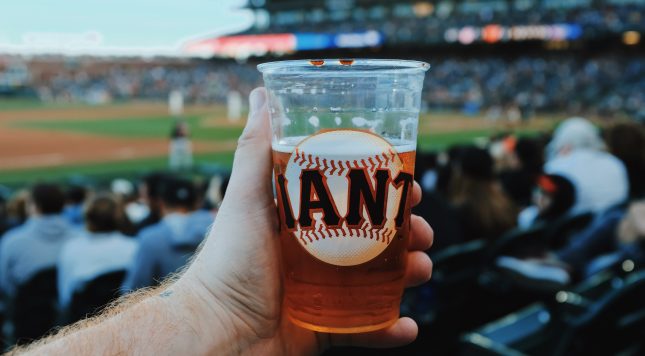A lot has changed in Major League Baseball over the past few decades or so, the most significant change being the number of players involved in each game. While some individuals feel like it is unfair that over thirty percent of the players are American outsiders, there is more to it.
When the Major League Baseball (MLB) came to be back in 1903, after the American League and National League merger, only six players hailed from outside America. Among them was a Canadian, and five were from Western Europe. All of them had been American residents for the longest time and were therefore considered American citizens.
The scenario went on, and in 1940, there were only two American outsiders in MLB. Nonetheless, things started taking a turn in 1960. This was 57 years after the formation of an MLB, and on that year, 12 non-Americans were playing on the opening day. Eleven of them were from Latin America. It is after this year that the number of foreign-born or non-American players started to rise in MLB. By 1980, there were 26 international players who marked a full 10.5 percent. By 1990, the number had gone up to 44 and 72 by 2000, which equated to 25.3 percent of the players.
Today, there are 108 foreign-born players in MLB featuring on opening day, which marks a 28 increase since 1960, and the number does not show any signs of slowing down.
The other noticeable change is the video replay. MLB instituted video replay in 2008. Initially, it could only be operated on home run calls. Things have changed now, and the video replay is used to solve a range of challenges, such as determining if a player touched the ball. This technology aims to make the judgment of the game easier and fairer. It has undoubtedly affected the games’ outcomes over the past years.
Wild Cards teams are the other significant change to note. In 1969 the National and American leagues were divided into two divisions, and the winners met in the playoffs. Things changed in 1995 when the pay off systems included wild card teams to join the division winners during playoffs. Today, two wild card teams have to be one-game playoff before the Division Series round.
In the 1990s, the American League and National League rarely went on a faceoff. The only times the leagues faced off were during the World Series, in Spring Training, and at the All-Star Game. MLB later came up with Interleague play, which brings the players for the faceoff regularly in an attempt to recover from the 1994 strike. Each league constitutes 15 teams, and each of them is assured of having at least one AL-NL faceoff each season.
At the beginning of last year’s season, there were 251 international players in MLB, with countries such as Japan and the Dominican Republic taking the lead for the past years. Others like the Netherlands and Brazil are also coming up slowly. This international influx will definitely change the game for the better. It was also in last year’s training when MLB launched the pitch clock. Previously, fans felt like the game was dragged, but with the pitch clock plus new rules, managing the game’s speed will be much easier. The rules will also help to curb mound visits and reducing the period between innings.
Evidently, the MLB landscape looked a lot different 50 years ago than it does today. Some of the contributors to the witnessed changes include financial growth, which has helped improve the game, an increased audience as more people gain interest in baseball, and improved technology.




















